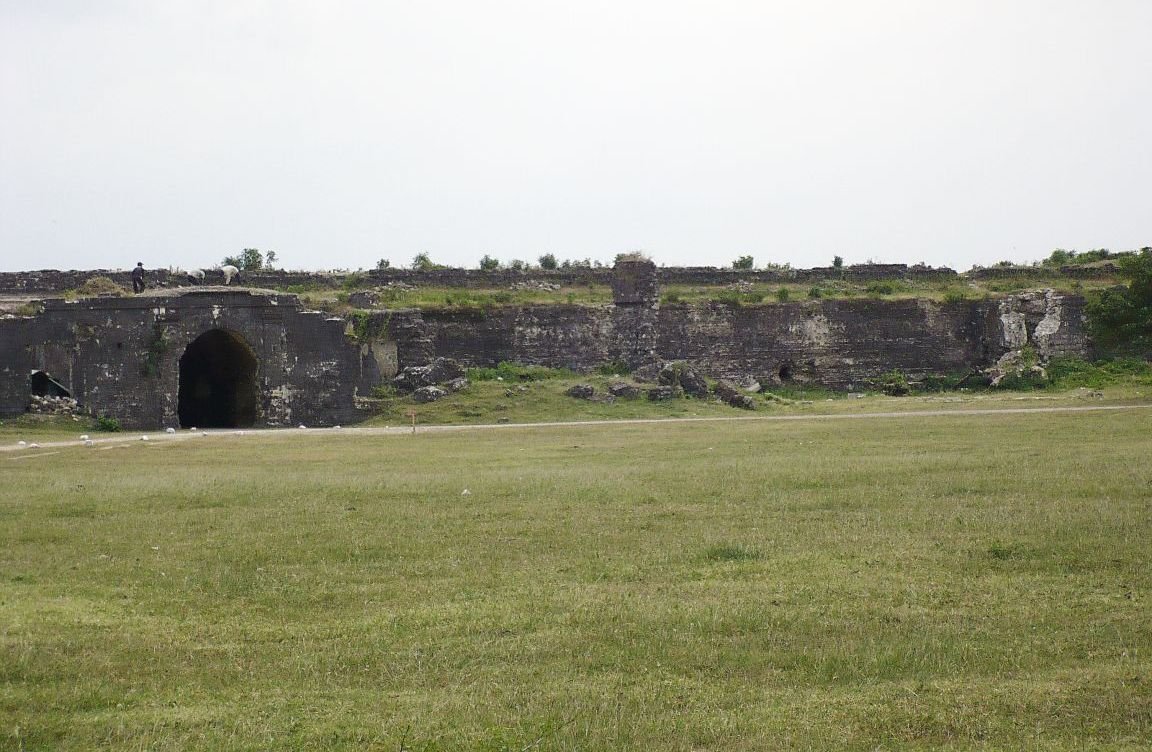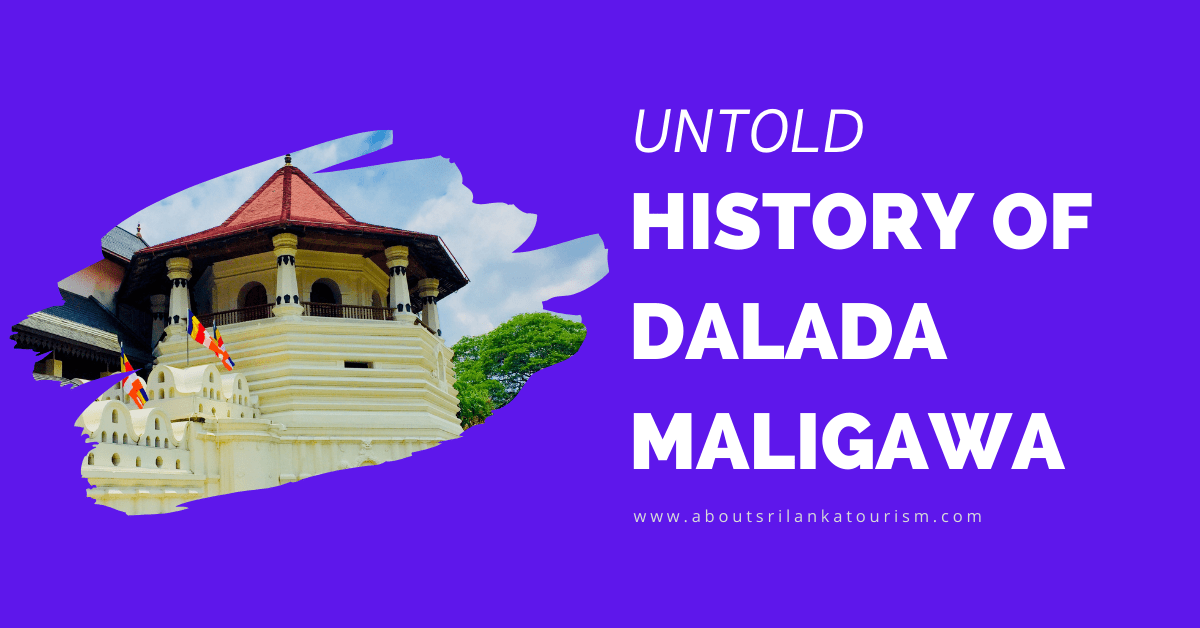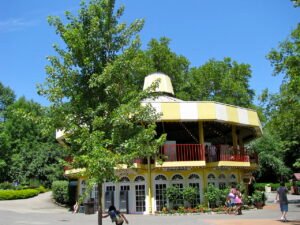Headquarters of Tamil Culture The Jaffna Fort
Jaffna is considered as the headquarters of Hindu Tamil Culture in Sri Lanka. But archaeological evidence that the Buddhist culture spread in other areas as well as in the Far North in the early days of Sri Lanka’s history testifies to this. After the collapse of Polonnaruwa in the 13th century, the Jaffna Fort Peninsula or Nagadeepa was gradually developed into a separate nation. The significance of controlling the trading routes from India was further confirmed. In the same way, as in the past, today Jaffna has been able to build an independent state that can influence Sri Lankan politics. Accordingly, the Jaffna Fort and the nearby archaeological monuments, though the present, are the ruins of Jaffna and its remains as the present ruins.
Most of the buildings built in the Portuguese, Dutch and English periods in the Jaffna Fortress reflects the architectural features of each era. These buildings have been destroyed due to the 30 year war.
Jaffna Fort & LTTE
The Jaffna Fort, the second biggest fortress in Sri Lanka of the Dutch period, is an archaeological monument directly affected by the last 30 years of war. Although the coastal part of the fort was bombarded by the LTTE, the total fortress was not severely damaged, as a whole. On the outside of the dam is located Pitiyagala, and outer wall to the moat, five tunnels constructed inside each pair can be seen. The tunnel is already preserved in a better way, and these gates are not visible today. But there are evidence that these tunnels were in the tunnel.
How Effect 30 Year’s War
All monuments on the inner wall of the fortress wall have been destroyed due to the war. Of these, in the past, the building called Queen’s Palace was in keeping with the other buildings relative to the other buildings. This superstructure has been completely destroyed. The remaining walls of the Asathu plant have been planted with large stones.
The short wall of the Dutch architectural style, which had been designed in advance, has a minimal ruin. Behind this building is a beautiful trellis to access the Fort. It can be assumed that it would have been used for the transport of arms to the Fortress in Dutch. There are evidence of the presence of a pair of pillars with double pillars, belonging to the Dutch architectural style in front of the Curtain’s building.
What Happen to Dutch mosque
The old Dutch mosque located inside the fort was destroyed in front of almost all of the bombs. The building can be identified by a formal documenting its old structure. The wide walls are decorated with pomegranates.
In addition, the old buildings of the former prison, hospital and other buildings have been severely damaged. The belfry tower in the inner courtyard is much like the barge tower in other Dutch strongholds. At the present, its wall is not present.
Near the coastal boundary near the boundary of the boundary there is a well-preserved wooden tower built by the Dutch during the Dutch period and a later built small kovil.












1 comment